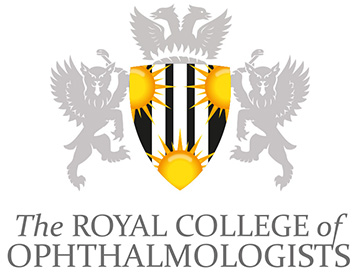eye
Eye Journal is having a big impact
‘As the Editor-in Chief of Eye, it is my great pleasure to announce a big jump in Eye’s impact factor this year. Special thanks go to the editorial board members, reviewers and authors who generously contribute to Eye’. Professor Sobha Sivaprasad, Editor-in-Chief Eye’s 2020 Impact Factor is now 3.775; a big jump up from 2.455
New Eye Journal Collection: Avastin and Wet AMD
Eye, the journal of The Royal College of Ophthalmologists, has this week published their online collection drawing together papers published on Avastin and Wet AMD in 2018. Members will no doubt be aware of the issue, and ongoing work by the College in campaigning since 2012 for the use of Avastin in treatment for wet
Eye disease patients have more opportunity than ever to take part in NHS research studies
76 per cent of hospitals in England now offer patients the opportunity to take part in eye disease studies 15,500 patients per year offered innovative treatments Ophthalmology community ‘punching above its weight’ in world of research Long-term strategy is ‘crucial’ to transforming treatment and ‘ease burden on the NHS’ A new report published today highlights
Eye Journal joint symposium with the American Academy of Ophthalmologists’ Aging Committee
The Royal College of Ophthalmologists, specifically the Eye editorial team, hosted a joint symposium with the American Academy of Ophthalmologists’ Aging Committee at the AAO 2018 meeting in Chicago in October. This session reviewed the differences in the management and treatment between the United Kingdom and the United States on the most common ophthalmic conditions
Survey finds nearly 70% of patients waiting too long for treatment
A survey of ophthalmologists found that nearly 70% of patients with wet age-related macular degeneration (AMD) had to wait more than the recommended two weeks for their first sight-saving injection. Many also wait too long for follow up treatment. The Royal College of Ophthalmologists and the Macular Society say their research shows that more resources
